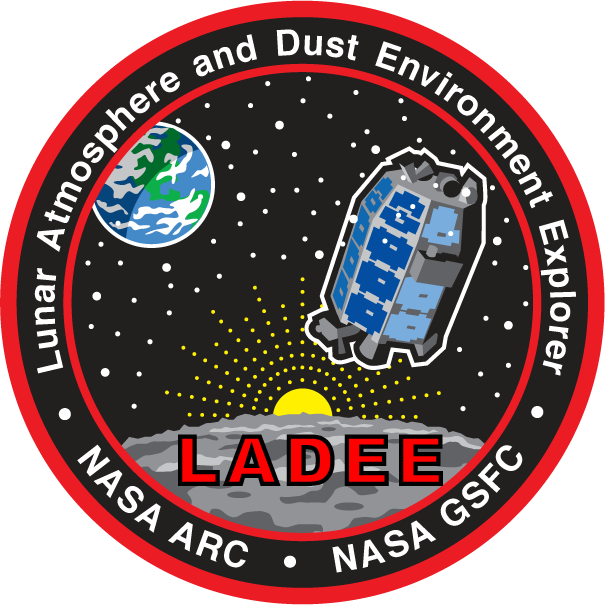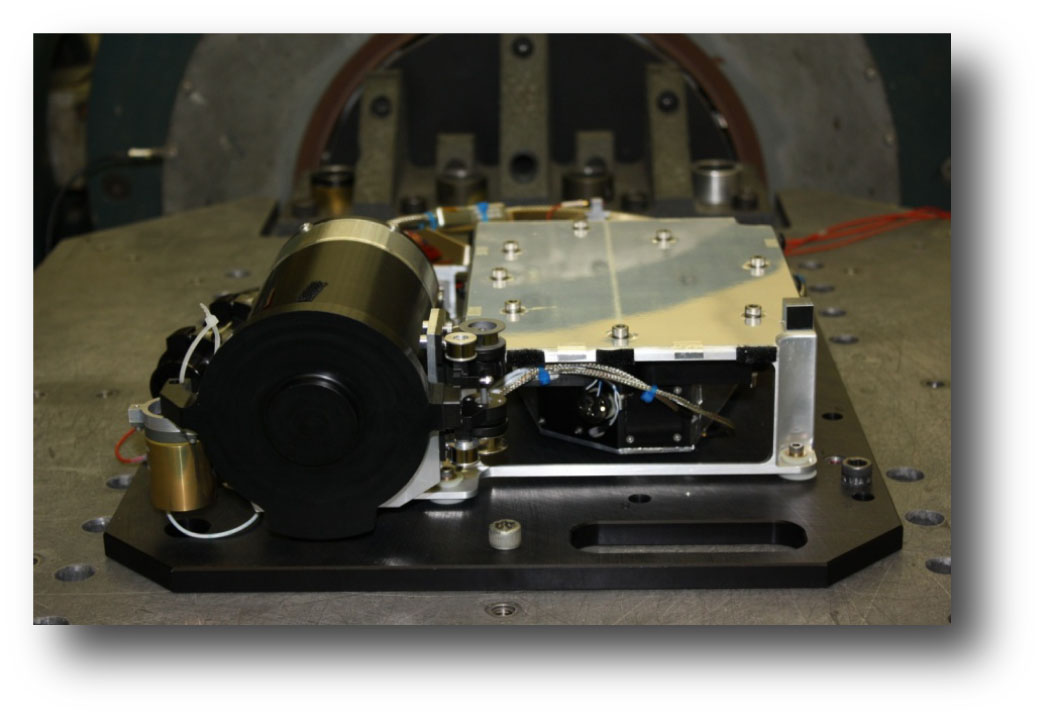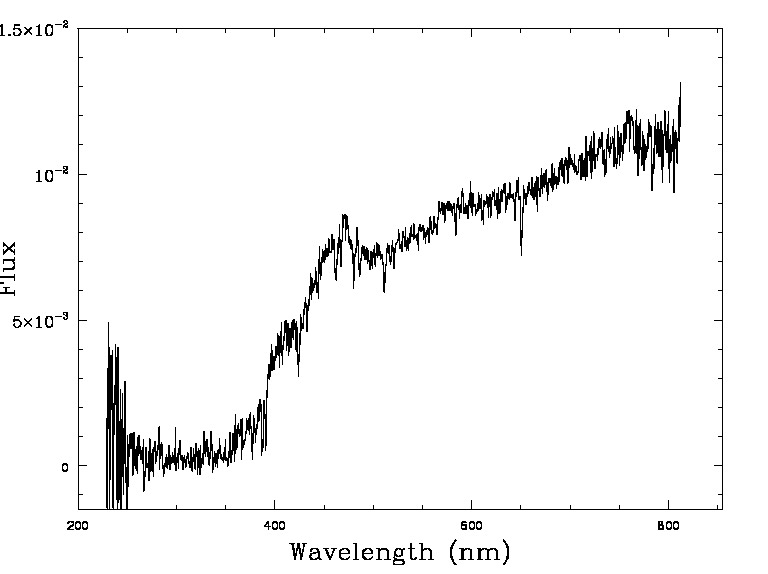
The Ultraviolet/Visible Spectrometer (UVS) includes the UV-VIS Spectrometer designed for limb observations to achieve limb and occultation
measurements and also measure limb dust by measuring backscattered or forward scattered sunlight. In Limb mode measures atmospheric
species including: K, Na, Al, Si, Ca, Li, OH, H2O can be detected. UVS Observations are in Limb Mode or Occultation Mode.
Useful Mission Documents
Mission Description
Spacecraft Description
Instrument and Data Description - Software Interface Specification (SIS) - Description of the instrument and data structures
Spacecraft Description
Instrument and Data Description - Software Interface Specification (SIS) - Description of the instrument and data structures
Archive Bundle Contents
Document - Directory containing the document collection, which includes references to refereed
journals using this instrument, and information about calibration and explanation of data structures.
Download Document Collection Zip file (6 MB)
Raw Data - Directory containing the raw data files.
Download Raw Collection Zip file (3 GB)
Calibrated Data - Directory containing the calibrated data files.
Calibration Document - Description of the calibration methods
Download Calibrated Collection Zip file (5.2 GB)
Derived Data – (Certified with liens - final version coming soon).
Citing Data Sets for Publications
Download Document Collection Zip file (6 MB)
Raw Data - Directory containing the raw data files.
Download Raw Collection Zip file (3 GB)
Calibrated Data - Directory containing the calibrated data files.
Calibration Document - Description of the calibration methods
Download Calibrated Collection Zip file (5.2 GB)
Derived Data – (Certified with liens - final version coming soon).
Colaprete, A. et al., LADEE Ultraviolet-Visible Spectrometer, urn:nasa:pds:ladee_uvs_bundle, (2014).
Other Useful Products for Interpreting the Data
Publications - A listing of team members to facilitate literature searches
Other potentially relevant data
SPICE - Archived LADEE SPICE ancillary data providing observation geometry (positions, orientations, instrument pointing, time conversions, etc.) are available from the PDS NAIF Node
Other potentially relevant data
Acceleration, Reconnection, Turbulence and Electrodynamics of the
Moon's Interaction with the Sun (ARTEMIS) (available soon from
PPI Node)
Lunar Elevation Map
Solar Activity
Meteoroid Environment
Moon's Interaction with the Sun (ARTEMIS) (available soon from
PPI Node)
Lunar Elevation Map
Solar Activity
Meteoroid Environment
SPICE - Archived LADEE SPICE ancillary data providing observation geometry (positions, orientations, instrument pointing, time conversions, etc.) are available from the PDS NAIF Node
For assistance in understanding PDS4 contact lhuber"at"nmsu"dot"edu at the PDS Atmospheric Discipline Node.


Spectrum 554 in activity 1981 (Backward limb). Start of observation =
2014-04-17T07:42:53.324Z. Flux is in watts per nm per m^2 per steradian.
Wavelengths corresponding to each pixel are found in the calibration
collection.
 PDS: The Planetary Atmospheres Node
PDS: The Planetary Atmospheres Node

